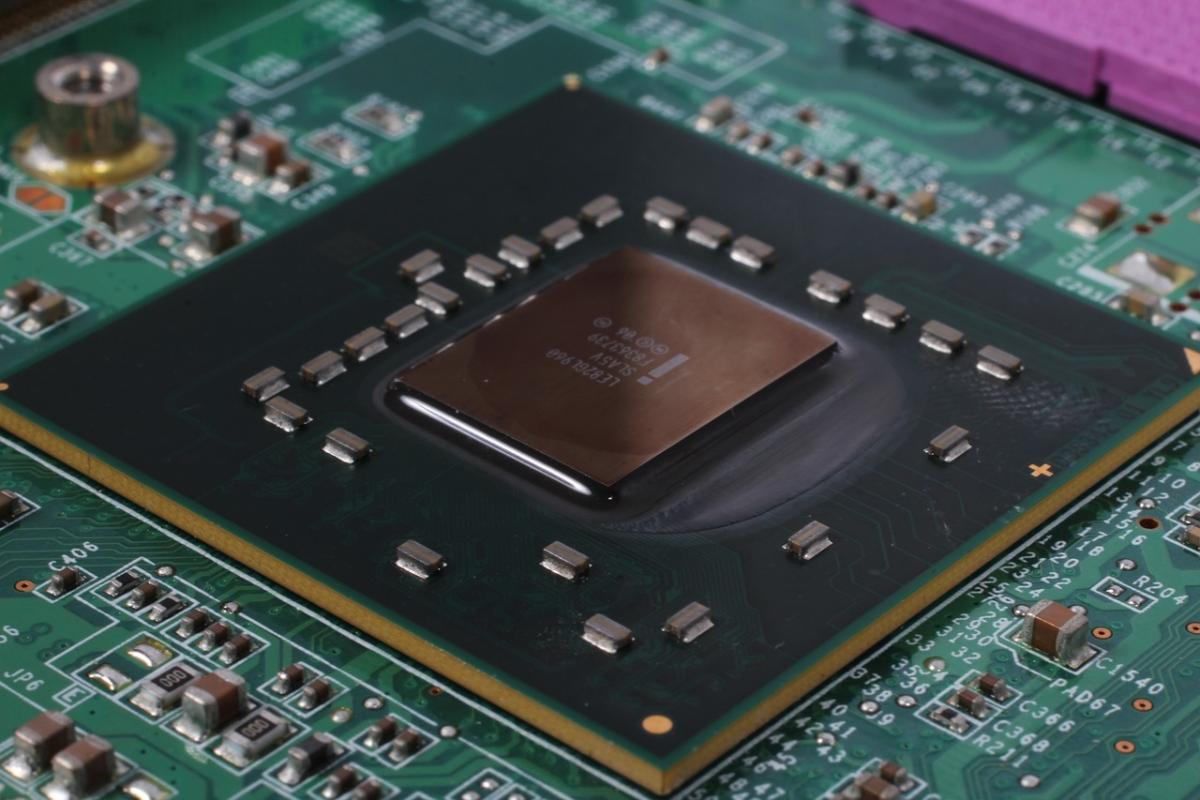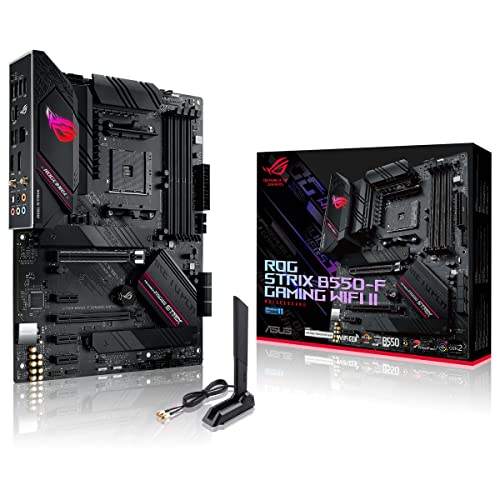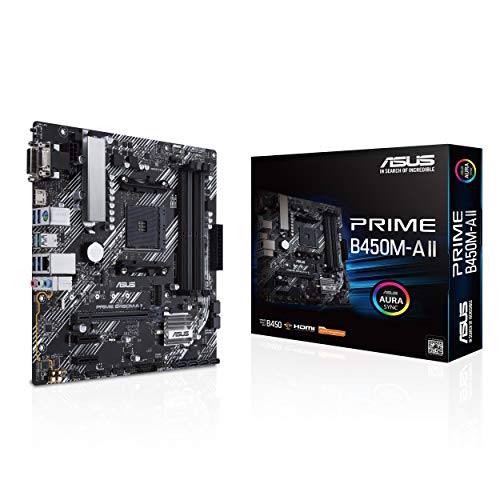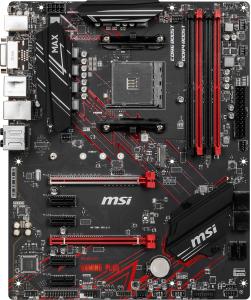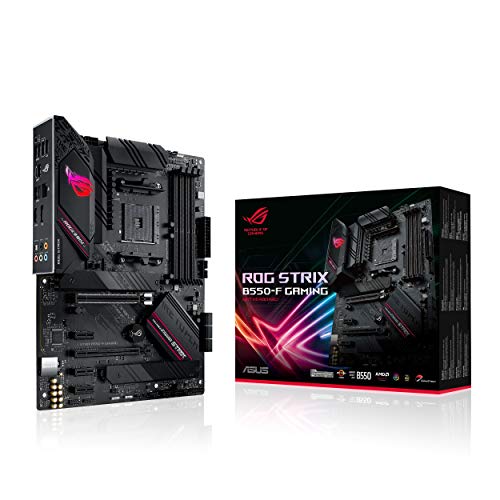Keeping your BIOS firmware current is critical for system stability, hardware compatibility, and performance improvements. This article explains how to streamline BIOS updates to maximize the potential of your high‑performance PC.
Begin by backing up existing BIOS settings and configuration files. Use official manufacturer utilities to download and install the latest firmware, carefully following the provided instructions. Monitor post‑update performance and system stability to ensure compatibility with existing hardware. Schedule regular checks for firmware updates and document changes for future reference. Maintain a secure power supply during updates to avoid disruptions.
By adopting a disciplined approach to BIOS firmware updates, you help ensure that your system runs smoothly and benefits from performance enhancements and security patches—providing a robust foundation for your high‑performance PC.
Mastering BIOS Firmware Updates: Best Practices for Stability, Compatibility & Performance
Keeping your BIOS firmware current is vital to ensure system stability, expand hardware compatibility, and apply critical security patches. Follow a disciplined update procedure to maintain a robust, high-performance BIOS environment.
1. Introduction
A modern PC’s performance and reliability hinge on its BIOS (Basic Input/Output System). Beyond basic startup tasks, a well-tuned BIOS unlocks advanced features such as CPU overclocking, memory timings, storage modes, and security safeguards. Regularly applying firmware updates empowers you to:
- Patch vulnerabilities with critical security updates
- Add support for the latest hardware
- Improve stability and performance under load
2. Why Regular BIOS Updates Matter
- System Stability: Fixes bugs, memory leaks, and boot-loop issues.
- Hardware Compatibility: Adds support for new CPUs, GPUs, and storage devices.
- Performance Improvements: Enhances voltage regulation, fan control, and power delivery.
- Security Patches: Closes firmware vulnerabilities exploited by malware.
3. Preparation & BIOS Backup Best Practices
- Backup Current Settings: Record voltage, boot order, memory timings, and fan profiles in a text file or screenshot.
- Export Configuration: Use your UEFI interface to save profiles to a USB stick for quick restoration.
- Verify Compatibility: Confirm the correct BIOS version on the motherboard’s support page.
- Secure Power Supply: Connect to a UPS to prevent power loss during flashing.
4. Step-by-Step BIOS Update Procedure
- Download Official Firmware
- Visit the motherboard manufacturer’s website.
- Confirm your exact model and download the latest UEFI/BIOS file.
- Prepare a USB Flash Drive
- Format to FAT32 for maximum compatibility.
- Copy the BIOS file and any flashing utility (e.g.,
EZFlash.efi).
- Enter BIOS/UEFI Interface
- Reboot and press Del, F2, or F10 to access setup.
- Launch the Flash Utility
- Navigate to “M-Flash,” “Q-Flash,” or your motherboard’s flashing tool.
- Select & Apply Firmware
- Locate the BIOS file on the USB drive and confirm the update.
- Do not interrupt the process; wait for completion.
- Reboot & Verify
- After reboot, re-enter BIOS to confirm the new version and restore your saved settings.
BIOS Update Methods Comparison
| Method | Pros | Cons |
|---|---|---|
| UEFI Flash Tool | Integrated, no OS overhead | Requires BIOS reboot |
| Windows Utility | User-friendly GUI | Risk if OS crashes mid-update |
| DOS Bootable USB | Minimal environment | Requires DOS flashing tool |
5. Post-Update BIOS Optimization
- Reapply Custom Profiles: Load saved settings or manually reconfigure CPU clocks and RAM XMP profiles.
- Enable Performance Modes: Activate presets like “Game Boost” or “Extreme Memory Profile.”
- Adjust Power & Thermal Settings: Calibrate fan curves and voltage limits for silent yet responsive operation.
6. Firmware Maintenance & Security
- Regular Update Schedule: Check manufacturer sites quarterly or subscribe to notifications.
- Document Changes: Log BIOS version, date, and key configuration tweaks.
- Secure BIOS Access: Set strong UEFI passwords and enable Secure Boot to prevent unauthorized changes.
7. Troubleshooting Common Update Issues
| Symptom | Possible Cause | Solution |
|---|---|---|
| Flash fails or hangs | Corrupted download or power loss | Re-download firmware, use UPS, retry |
| No POST after update | Incompatible firmware or settings | Clear CMOS, restore backup profile |
| Erratic fan behavior | Default BIOS load | Reapply custom fan & voltage settings |
| Boot device unrecognized | Storage mode change | Reconfigure AHCI/RAID mode |
8. Recommended Tools & Utilities
- Manufacturer UEFI Flash Tools: ASUS EZ Flash, MSI M-Flash, Gigabyte Q-Flash
- Windows Utilities: MSI Live Update, Gigabyte @BIOS
- Backup & Profile Tools: UEFI profile export, CMOS Backup utilities
9. Conclusion & Next Steps
A disciplined BIOS firmware update strategy—backing up settings, using official utilities, optimizing configurations, and scheduling regular maintenance—forms the cornerstone of a stable, high-performance PC. Implement these firmware best practices to safeguard system stability, unlock new hardware compatibility, and apply critical security updates.
